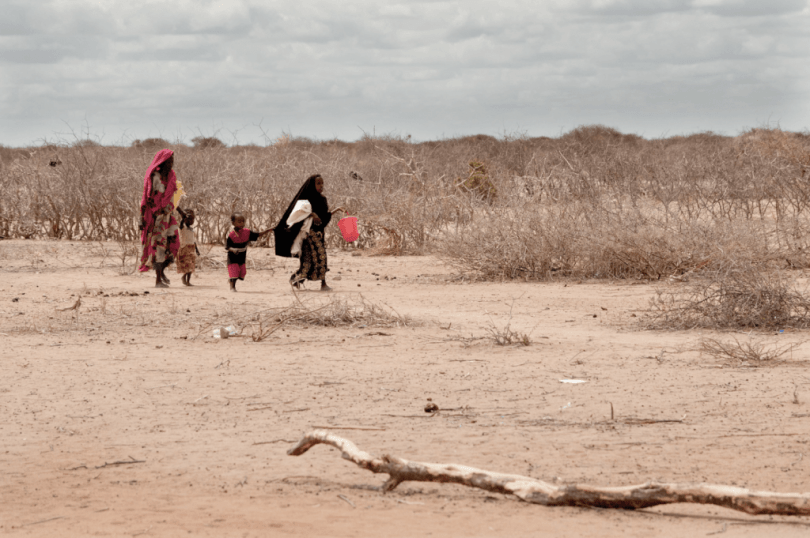By Christopher Cotton
Jarislowsky-Deutsch Chair in Economic & Financial Policy, Queen’s University
Director of the John Deutsch Institute for the Study of Economic Policy
Last week, I had the pleasure of presenting on the future of the Canadian economy during the 38th Annual Forecast Lunch hosted by the Smith School of Business and the Kingston Economic Development Corporation. This article is Part 2 in a 2-part series summarizing my presentation. Part 1 of this series shows that Canada is facing declining incomes stemming from structural issues beyond current trade woes.
Providing an economic forecast for the next year is an impossible task. At least, it is impossible to do with any degree of legitimate confidence. While some forecasters may get lucky with their guesstimates and claim their accuracy is an indication of brilliance, the reality is that no one knows for sure what the next year holds. The margin of error for 2026 is wider than it has been in decades.
The outlook for 2026 is clouded by three distinct sources of deep structural uncertainty:
Read More »








